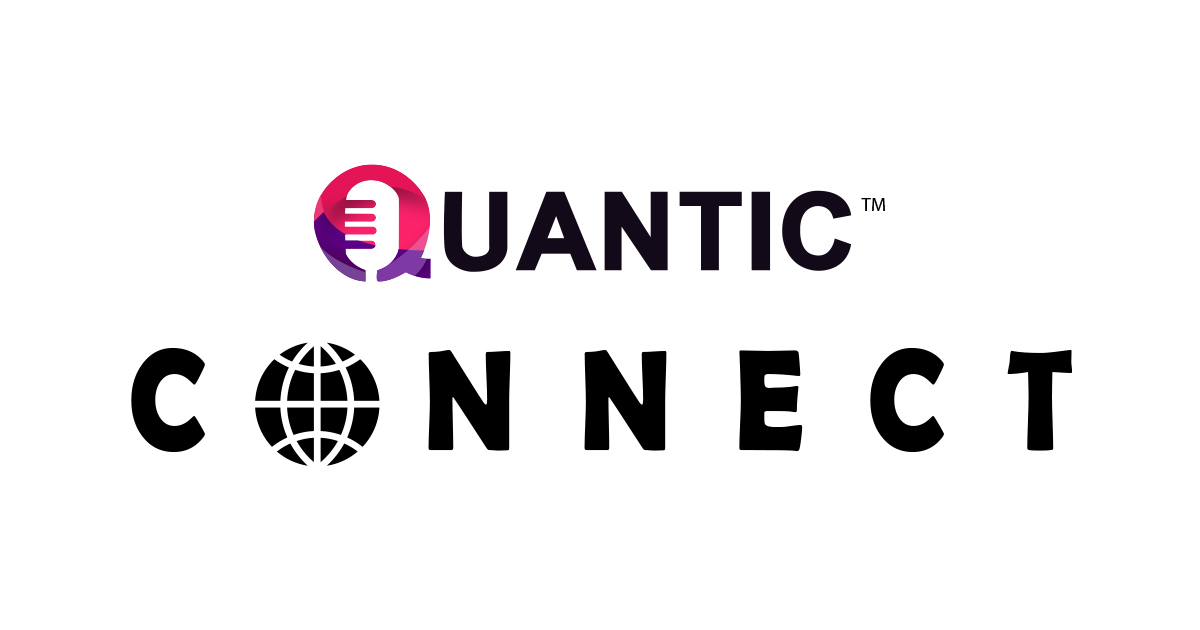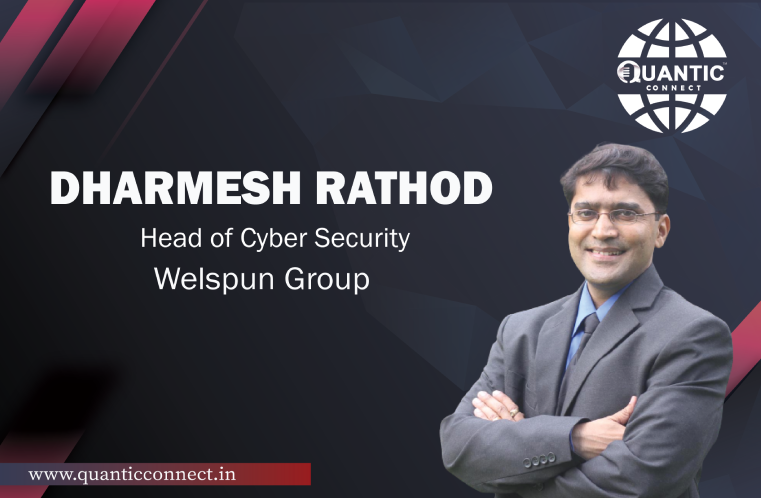Technology has an ever-growing presence in our lives, providing us with the tools we need to stay connected, productive, and informed. But as technology continues to evolve and infiltrate nearly every aspect of our lives, it also creates new risks for cyber security. In response, companies have been investing more money and resources into protecting their data from malicious softwares and other threats.
The world of cyber security is constantly evolving as hackers become more sophisticated in their methods. Companies now must stay one step ahead of the criminals by building secure networks, deploying effective countermeasures against attacks, and training employees on the importance of cybersecurity best practices. With so much at stake, when it comes to data breaches and other cybersecurity threats, organizations can no longer afford to be without adequate protection measures in place. With this interview Mr. Dharmesh Rathod, Head Cyber Security at Welspun Group, shared his thoughts with Marquis Fernandes about technology & cyber security at Quantic Connect



